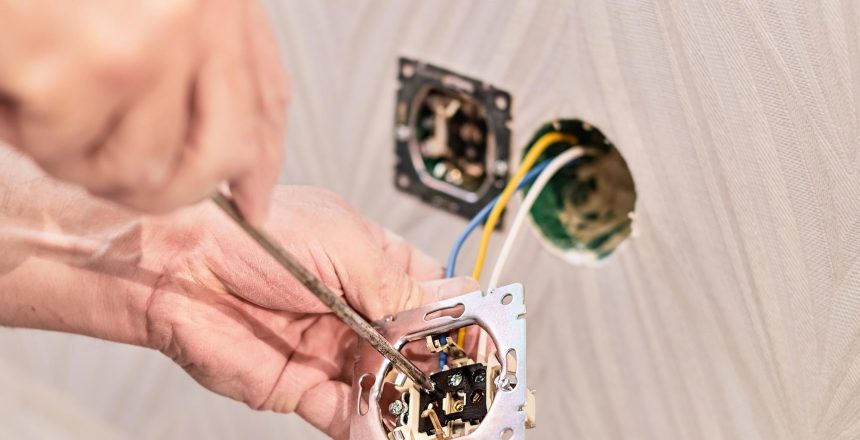Why Upgrade Your Electrical Wiring?
You flipped the switch on and all appliances start working like they’re supposed to. This is an indicator that all is well with the electrical wiring, right? This is not always the case. Upgrading your wiring can be expensive and messy, but sometimes it becomes necessary for protecting the value, safety, and convenience of your home.
Homes that are more than 40 years old require special consideration here – whether it’s for safety reasons or because the family’s power needs are no longer serviced by the existing wiring. Some carriers are unwilling to insure homes with old wiring. If they do, they’re likely to charge higher premiums.
With a little planning, you can reduce disruptions caused by a wiring upgrade and even use it as an opportunity to add value to your home.
Warning Signs That You Need to Upgrade Your Wiring
If your home is quite old and your wiring hasn’t ever been inspected, I think it’s worthwhile to pay a licensed electrician for checking it. This is doubly important if any of these warning signs prevail:
- Frequent blowing of fuses and tripping breakers
- Tingling sensation on touching the appliances
- Dimming or flickering lights
- Persistent burning odors from appliances or rooms
- Sparking, discolored or warm outlets
- Absence of CGFI (ground fault circuit interrupter) outlets in baths, kitchens, and other moisture-prone areas.
Is Aluminum Wiring a Safety Hazard?
Houses built in the 1960s and 1970s often have aluminum wire which might be a safety hazard. Connections with such wiring sometimes loosen up after a period of time. The result is overheating and maybe even fires when appliances are plugged in. An inspection is the best way to determine whether existing wiring is safe.
Additional Power Requirements for Modern Homes
As against 60 amps that was the standard household power requirement some years ago, houses today often require 200 amps for running air conditioners, computer equipment, and other gadgets which were non-existent earlier.
Not having sufficient power can actually damage your sensitive electronic items. Even when there’s adequate power, additional outlets are sometimes required because excessive reliance on extension cords and power strips can cause a safety hazard.
When is the Best Time to Upgrade Your Electrical Wire?
The ideal time to tackle a wiring upgrade job is when you’re going in for a bigger remodeling project like building an additional room or redoing the kitchen, because that’s when holes will be drilled into the walls anyway.
Depending on varying circumstances, a complete top-to-bottom rewireng might not be required. For example, you might need additional circuits for running a new appliance or require power for a newly installed swimming pool. In such cases, there will be lesser expenses and disruption than a complete wiring upgrade.
Plan for Future Electrical Needs with Structured Wiring
It makes sense to run all possible wires in anticipation of future needs when you’re going to cut holes and spend big money. Going in for structured wiring is a smart investment. This involves the use of heavy-duty cables which support the latest features of TVs, computers, stereo equipment, game consoles, security systems, and Internet-based systems. While standard electrical upgrades maintain home value, the addition of structured wiring can substantially increase it.
The Home Loan Advisor is a tool that was built to provide homeowners with insight into opportunities available in the current market, without having to shuffle through all of the clutter on the Internet. Not only does the Home Loan Advisor analyze your property, current market conditions, local market comps, and other variables in our proprietary algorithm, but we match you with potential lenders who have products that may help you and provide you with a sense of stability.
Refinancing also means that you need to know the value of your home. You can get a free home valuation report from Neighborhood IQ to find out your home’s worth to help you decide if you should refinance now.

